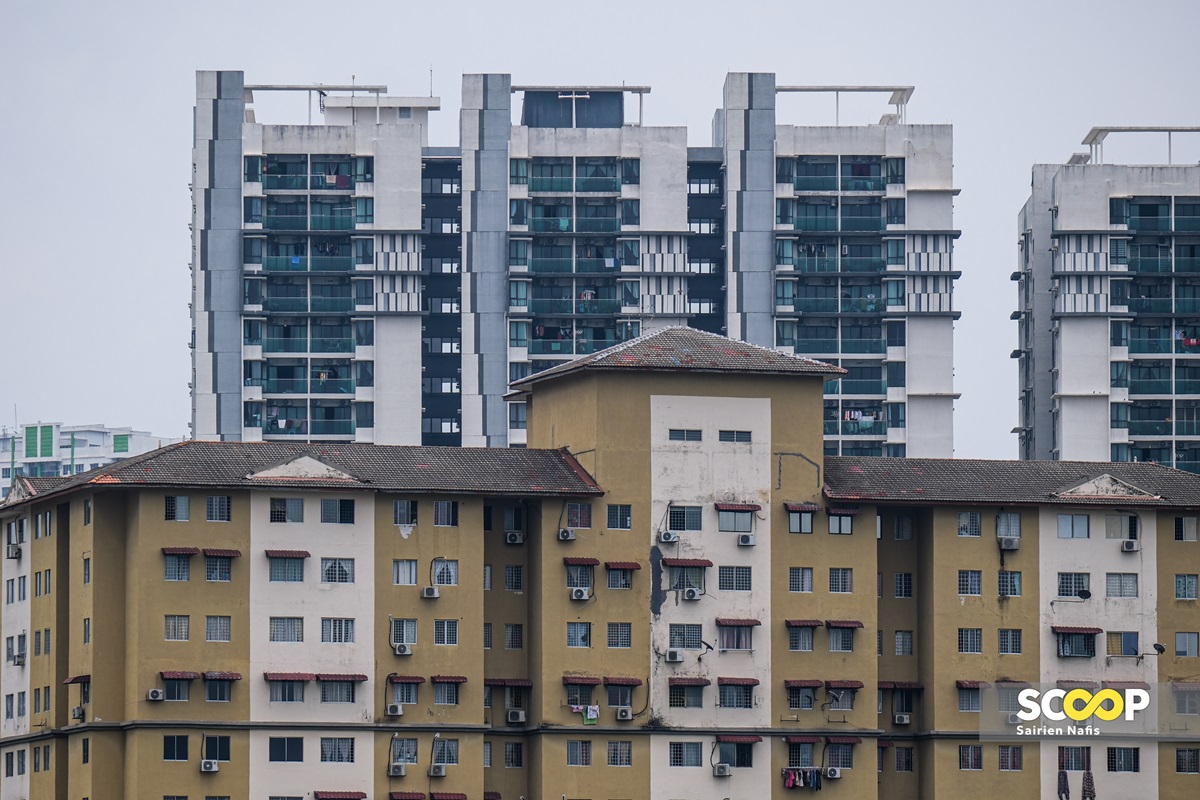THE final draft of the Urban Renewal Act (URA) has been sent to the Attorney-General’s Chambers and received positive feedback. 74 engagement sessions were held with key stakeholders (professional bodies, ministries, developers, joint management bodies, management corporations, the public, universities as well as state governments and local authorities). It is expected to be tabled in Parliament by June or July 2025.
The URA is the “primary focus” for the Housing and Local Government Ministry (HLGM) this year, out of 122 action plans.
Separately, a senior lecturer from Universiti Teknologi Malaysia (UTM), Muhammad Najib Razali, said the increase in the projected Klang Valley’s population require urgent attention from the government, especially local authorities (PBTs). The minister in the Prime Minister’s Department (Federal Territories) also said that the population was growing and reaching about 10 million by 2030.
It sparked growing concerns over strain on infrastructure and public services (roads, water supply, sewerage, schools, hospitals and other essential services). Not forgetting traffic congestion in Subang Jaya, Puchong, and Cheras, which is currently already a daily struggle.
There are too many projects being developed without considering ecological balance, loss of green spaces, increased air pollution and increasing mental stress from overcrowded surroundings. Flash floods that caused major highway disruptions and inundated homes are also a common feature now.
These problems are evident in high-rise developments that disregard balanced urban planning. The current pace of condominium and high-rise apartment construction in urban areas reflected a worrying trend of imbalanced and poorly coordinated development.
Infrastructure development is not keeping pace with commercial developments.
Interestingly, in 2022, Kuala Lumpur City Hall (DBKL) identified about 30 areas where urban renewal projects can be carried out, but now HLGM said there are about 139 parcels of land for redevelopment.
We need ministries and government agencies to be aware of constraints among themselves and not try to be champions at the expense of the other party.
There must be transparency, meaningful stakeholder engagement and a well-defined regulatory framework that is adhered to and fosters equitable and inclusive development.
URA is interested in modernising ageing structures, but what about urban rejuvenation, revitalisation and conservation? Half-baked acts are not the way forward.
There must be strategic and future-proof plans, integrating sustainability and adaptive reuse for long-term liveability and economic resilience for the rakyat. Heritage conservation and social cohesion must be considered, without erasing the character and identity of the nation.
Promises of larger condominium units will not ensure the long-term sustainability of present owners.
Who bears the cost of additional infrastructure, public services, public spaces and community well-being? Who will gain the most out of the RM355.3 billion gross development value (GDV) for the 139 sites in KL?
What about cost overruns, delays and abandonment? We are well-known for our enforcement, or lack thereof.
Now there is a tariff war, and building material prices are set to increase. Surely, the GDV will increase, and who will bear the cost increase?
There must be proper checks and balances with clear safeguards for property owners for disputes, potential issues and compensation. Don’t focus on rebuilding and profits only, but also on improving the quality of life.
There must be proper monitoring tools and impact studies – such as Social Impact Assessments (SIA), Heritage Impact Assessments (HIA) and Environmental Impact Assessments (EIA) – to support a comprehensive and sustainable urban renewal process.
Don’t take shortcuts. Enhance the quality of public service by strengthening integrity practices and accepting honest feedback. We understand the chase for KPI and to be the best ministry, but a job done properly goes a long way.
Hopefully, the implementation of the URA does not disproportionately benefit developers at the expense of present homeowners, communities and the country.
What say you? – April 25, 2025
Saleh Mohammed is a Scoop reader

